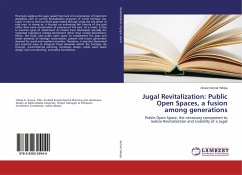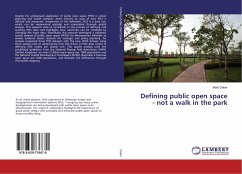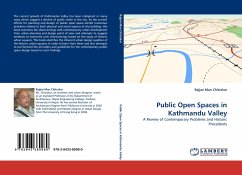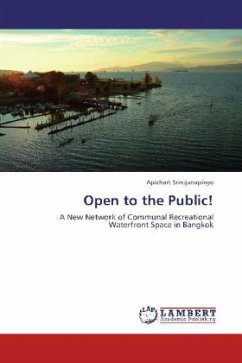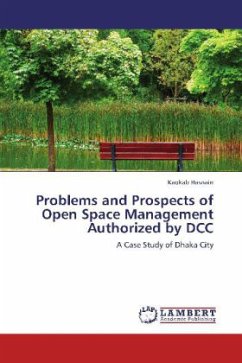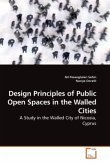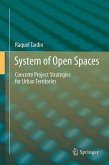This book explores the gaps raised from lack of incorporation of important disciplines with in current Revitalization program of world heritage city, Jugal. It tries to find out these gaps mainly through using the city center as case area. In doing so, it focuses on enhancing the futurity of the past rather than mere conservation of pastness of the past. As a result, it tries to examine types of attachment its citizens have developed; specially the neglected experience related attachment rather than rooted attachment. Hence, this book uses public open space to complement the gaps and satisfy demands of heritage conservation, present and future generation demand for social and resultant activities. Therefore, it searches theoretical and practical ways to integrate these demands within the heritage city through, environmental planning, landscape design, public open space design, land use planning, and policy formulation.
Bitte wählen Sie Ihr Anliegen aus.
Rechnungen
Retourenschein anfordern
Bestellstatus
Storno

